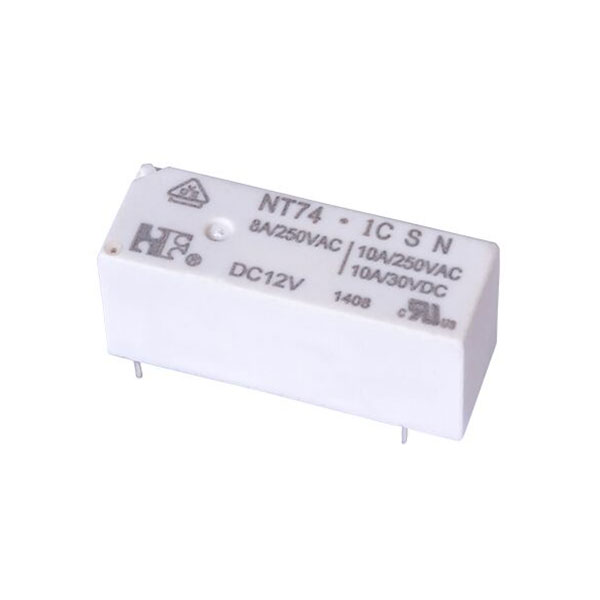Overview of General Purpose Relays
2024-06-26
General purpose relays are versatile electromechanical switches used in a variety of applications to control circuits by opening and closing contacts in response to an electrical signal. They are widely employed in industrial, commercial, and consumer applications due to their reliability, simplicity, and cost-effectiveness. Here's an overview of general purpose relays:
1. Basic Components and Operation
- Electromagnet: Generates a magnetic field when energized by an electrical current.
- Armature: A movable iron part attracted by the electromagnet to open or close the contacts.
- Contacts: Conductive parts that open or close the circuit. Can be normally open (NO), normally closed (NC), or both (changeover contacts).
- Spring: Returns the armature to its original position when the electromagnet is de-energized.
- Frame: Encases the components and provides structural support.
2. Operating Principle
- Energizing: When a current flows through the coil of the electromagnet, it generates a magnetic field that attracts the armature.
- Contact Switching: The movement of the armature causes the contacts to either open or close, thus controlling the connected circuit.
- De-energizing: When the current stops, the magnetic field collapses, and the spring returns the armature to its initial position, switching the contacts back.
3. Types of General Purpose Relays
- Electromechanical Relays: Traditional relays with mechanical moving parts.
- Solid State Relays (SSRs): Use semiconductor components to switch without moving parts, providing faster switching and longer life.
- Reed Relays: Contain a pair of magnetic reeds enclosed in a glass tube, suitable for low-current applications.

4. Key Specifications
- Coil Voltage: The voltage required to energize the electromagnet.
- Contact Configuration: Number and type of contacts (e.g., SPST, SPDT, DPDT).
- Contact Rating: The maximum voltage and current the contacts can handle.
- Switching Time: The time taken to open or close the contacts.
- Mounting Type: PCB mount, panel mount, DIN rail mount, etc.
- Isolation: Electrical isolation between the control circuit and the load circuit.
5. Common Applications
- Industrial Automation: Control of motors, solenoids, and other machinery.
- HVAC Systems: Switching of heating, ventilation, and air conditioning components.
- Lighting Control: Automated switching of lighting circuits.
- Home Appliances: Control of electrical components in appliances like washing machines, dishwashers, and ovens.
- Automotive: Control of lights, wipers, and other electrical systems in vehicles.
- Communication Systems: Routing and switching of signals in communication equipment.
- Power Management: Load shedding, automatic transfer switches, and energy metering.
6. Advantages
- Versatility: Can be used in a wide range of applications and environments.
- Simplicity: Easy to understand and implement in circuits.
- Cost-Effective: Generally inexpensive compared to other switching solutions.
- Isolation: Provides electrical isolation between the control and load circuits.
- Reliability: Proven technology with a long history of reliable operation.
7. Disadvantages
- Mechanical Wear: Moving parts can wear out over time, reducing lifespan.
- Switching Speed: Slower switching speed compared to solid state relays.
- Noise: Can produce audible clicking sounds during operation.
- Contact Arcing: Can occur during switching, leading to contact degradation.
8. Maintenance and Troubleshooting
- Regular Inspection: Check for signs of wear, damage, or corrosion on contacts and connections.
- Cleaning Contacts: Clean contacts to ensure good electrical conductivity.
- Coil Resistance: Measure coil resistance to detect issues like short circuits or open coils.
- Operational Testing: Verify proper operation by checking the relay's response to control signals.
- Replacement: Replace worn-out or damaged relays to maintain system reliability.
Conclusion
General purpose relays are essential components in many electrical systems due to their versatility, reliability, and simplicity. They are used to control circuits in a wide range of applications, from industrial automation to home appliances. Understanding their operation, types, specifications, and applications helps in selecting the right relay for a given task and ensuring its proper maintenance and troubleshooting.


